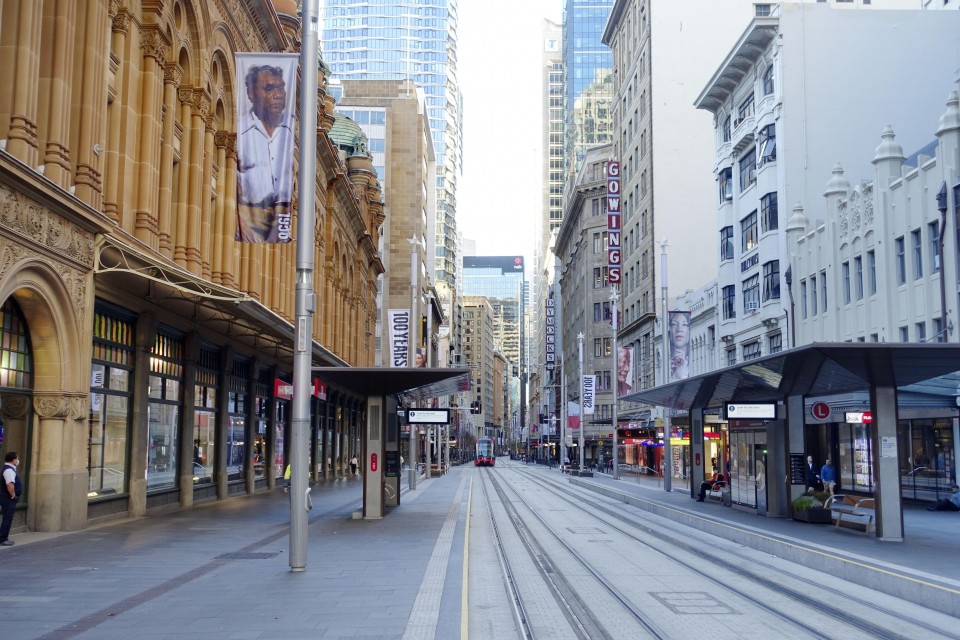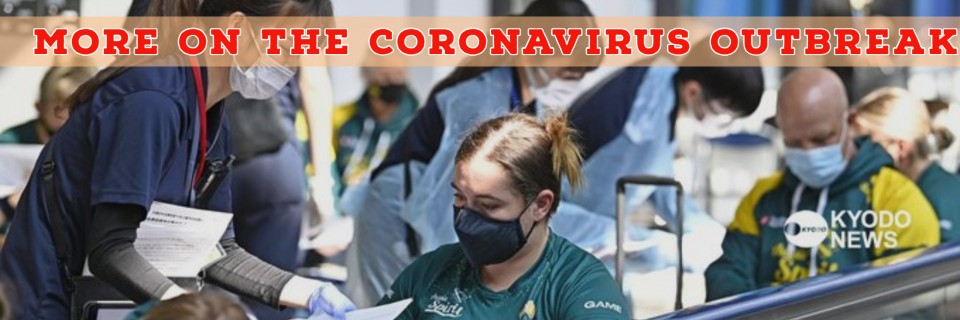Australian Prime Minister Scott Morrison said on Sunday that it is time to shift focus from case numbers to hospitalizations, as widespread outbreaks of the highly infectious Delta variant make it "highly unlikely" Australia will return to zero cases of community transmission.
The admission marks a big shift in Australia's until now largely successful elimination strategy that has seen strict border restrictions and snap lockdowns as the central features of the country's pandemic response.

However, with new infection numbers continuing to hit record highs despite weeks of lockdown in the two largest cities of Sydney and Melbourne, authorities are being forced to turn to vaccination rather than elimination as the pathway out of lockdowns.
"You can't live with lockdowns forever, and at some point, you need to make that gear change," Morrison told the Australian Broadcasting Corp. in an interview on Sunday.
Under a four-step plan unveiled by the Morrison government in July, lockdowns will become "highly unlikely and targeted" once vaccination rates of 70-80 percent are reached.
However, according to local media, a split has emerged among state and territory leaders, with some arguing that the planned pathway out of lockdowns is based on outdated modeling that assumed case numbers would be much lower than they are with the current outbreaks.
Morrison defended the plan, citing new advice that "the starting point does not ultimately alter the conclusions of the modeling."
In an opinion piece published by The Sunday Telegraph, Morrison emphasized that Australians "must not be intimidated by the case numbers that will inevitably increase" once restrictions are eased.
Australia has reported around 43,000 cases and just under 1,000 deaths since the pandemic began, a number far below many other nations.
On Saturday, anti-lockdown protests in the country's two largest cities Sydney and Melbourne resulted in the arrests of at least 250 people, local media reported.
Responding to calls made on social media, young people played a central role in participating.
According to the Australian Associated Press, about 4,000 people gathered in Melbourne and clashed with police.
Nine police officers were treated at the hospital, the news agency said.











